Ofcom Grant Kepler a UK Licence for Small Broadband Satellites
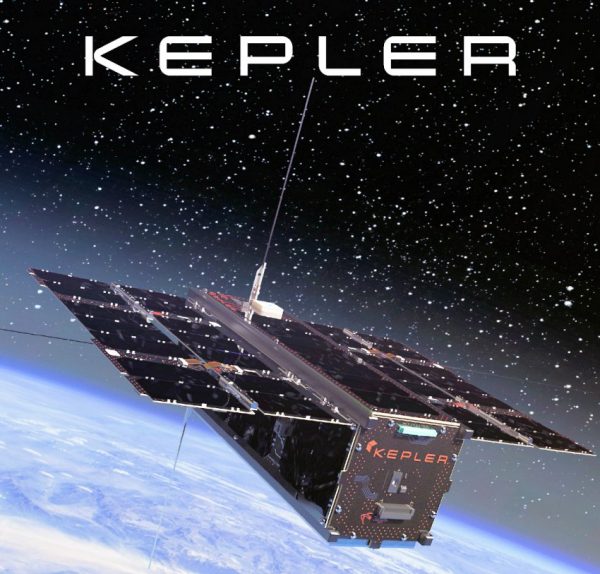
The national telecoms regulator, Ofcom, has finally granted Canadian company Kepler Communications a wireless telegraphy satellite earth station network licence for the operation of their new global network of CubeSats and larger sized broadband satellites. This will allow them to deploy their user terminals for a range of different services in the UK.
Traditional GEO Stationary Orbit (GSO) satellites are huge (size of a large bus) and struggle to deliver latency times of less than 600ms (milliseconds), which is largely because they orbit some 35,000km+ above Earth. All of this makes them very expensive to both build and launch (plus they take years to build), although a single one can serve hundreds of thousands – potentially millions – of users.
More recently, companies like SpaceX (Starlink), OneWeb (Eutelsat) and Amazon (Kuiper) have pioneered a new generation of more compact and somewhat disposable satellites in Low Earth Orbit (LEO), which provide ultrafast broadband (100Mbps+) speeds and fast latency times (c.20-40ms). But each of these can still weigh several hundred kilograms and are about the size of a fully grown man (much larger with solar sails unfolded).
Advertisement
By comparison, Kepler’s satellites are even smaller and typically conform to the CubeSat standard(s), often weighing only a few kilograms and being not much bigger than a human hand (this does vary as there are different classifications). Kepler has stated that its system is designed to support a range of connectivity services for the benefit of UK consumers and businesses, including store and forward based IoT (Internet of Things) and real-time data (broadband) transfer services when the network reaches full deployment.
The constellation will use inclined and sun-synchronous orbits to provide coverage over the whole of the UK. It will comprise 140 satellites operating at an altitude of 575km, and currently operates 20 satellites in 7 orbital planes. But Kepler does not currently plan or necessarily need to deploy gateways in the UK for this to work (and has not applied for any NGSO gateway licences in the UK).
This decision will enable Kepler to provide satellite connectivity services (such as IoT and data transfer services) to business customers in the UK, using Ku band frequencies between 14.0-14.5 GHz.
On coexistence, we consider that Kepler’s NGSO system is capable of coexisting with both existing Non-Geostationary Satellite Orbit (NGSO) licensees and future NGSO systems operating in the Ku band. Kepler has provided evidence that coordination discussions with other NGSO licensees are underway, and we encourage all parties to engage in these discussions and progress plans to cooperate.
We also consider that Kepler’s NGSO system is capable of coexisting with other services operating in the same (or adjacent) frequencies, including radio astronomy and geostationary orbit (GSO) satellite networks.
In addition, we assess that granting the licence will not create a material risk to competition, and that the proposed services would benefit UK customers, consumers, and citizens.
We will now proceed to issue Kepler with its new NGSO network licence to operate in Ku band frequencies 14-14.5 GHz, subject to payment of the licence fee. A copy of the licence will also be available under the “Existing licences” section of our NGSO licensing webpage.
Kepler’s plans are currently running years behind their original schedule, which envisaged the network’s full deployment of 140 satellites being operational by the end of 2022. But instead, they’ve only completed and launched around 20 of these (usually named ‘Kepler-1’ and onwards for GEN1).
In terms of performance, some early tests on a SAILOR 600 Ku 60cm marine stabilized antenna system showed download rates of 150Mbps and uploads of 130Mbps. This is of course bandwidth that must be shared between many users / IoT sensors on the ground, where individual connection speeds are more intended to be in the 1-40Mbps range.
Advertisement
However, Kepler’s existing constellation plan does include the goal of deploying 50 GEN2 (second generation) satellites, which will be much bigger (weighing over 100kg). The GEN2’s could deliver services to end-users other than IoT kit and have been designed for optical inter-satellite links and data relay services. The broadband speeds from these will be many times faster (more in Starlink GEN1 territory), but the final details remain unclear.
Ofcom’s network licence covers the use of all user terminals for a range of different potential services in the UK: fixed or static terminals (for home broadband services); land mobile (on trains or roads); or on aircraft and drones in UK airspace, and offshore platforms and ships in UK waters.
Mark is a professional technology writer, IT consultant and computer engineer from Dorset (England), he also founded ISPreview in 1999 and enjoys analysing the latest telecoms and broadband developments. Find me on X (Twitter), Mastodon, Facebook, BlueSky, Threads.net and Linkedin.
« British Satellite Broadband Operator Avanti Opens New HQ






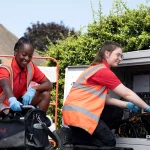

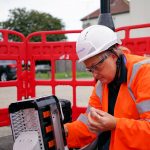
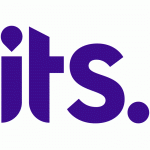

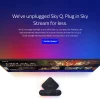


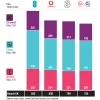








































Super cool. Great news!